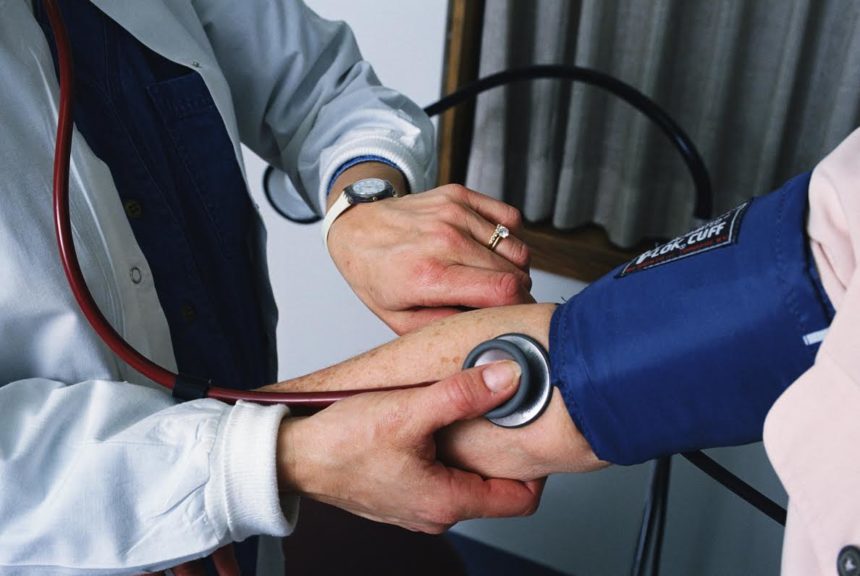Physician assistants and nurse practitioners are hungry for relevant pharma support material, a recent survey indicates. Decision Resources’s “Taking the Pulse Nurses 2014,” found that the majority of NPs (79%) and PAs (69%) “provide or recommend patient support resources for patients.”
This presents an opportunity for industry, says Matthew Arnold, principal analyst for Manhattan Research, a company owned by Decision Resources. According to Arnold, “It was clear in these results that NPs and PAs are taking a key role for providing those patient resources from pharma.”
That prominent role is largely due to the surge of insured Americans following the implementation of the Affordable Care Act, Arnold pointed out. In this new healthcare landscape, NPs, PAs and RNs have all been pushed to the fore of primary care.
The results of the study—which involved a poll of 700 US nurses, NPs and PAs in second-quarter 2014—suggest this group is becoming more engaged with patients: 47% of PAs and 43% of NPs said the amount of time they’ve spent on patient education has increased over the past two years. That’s even as their EHR use increased from 2013 to 2014: PAs spend 4.4 hours per day on EHRs, and NPs spend the most time at 4.7 hours, vs. an average time for physicians of 2.8 hours per day.
And nurses aren’t just looking for any kind of education. Researchers detected a strong preference for digital resources among the study cohort.“We saw substantial demand for more pharma digital resources that nurses could share with patients,” noted Arnold.
Nor is this prescribing segment simply looking for another brand.com. “They’re interested in resources that are tailored to their specific profession, specialty and patient population,” said Arnold, adding that 42% of NPs indicated they would be “inclined to engage digital resources more often if they were tailored to patient populations of interest.”
What they want can best be summed up in one word: value. “We found that RNs, NPs and PAs rate pharma websites and pharma reps very low in terms of influence on clinical decision,” said Arnold. “It comes down to the value proposition; there’s tremendous demand among healthcare professionals for patient education and support resources that will help them in their practice, as HCPs are increasingly under pressure to produce better outcomes and adherence.”








